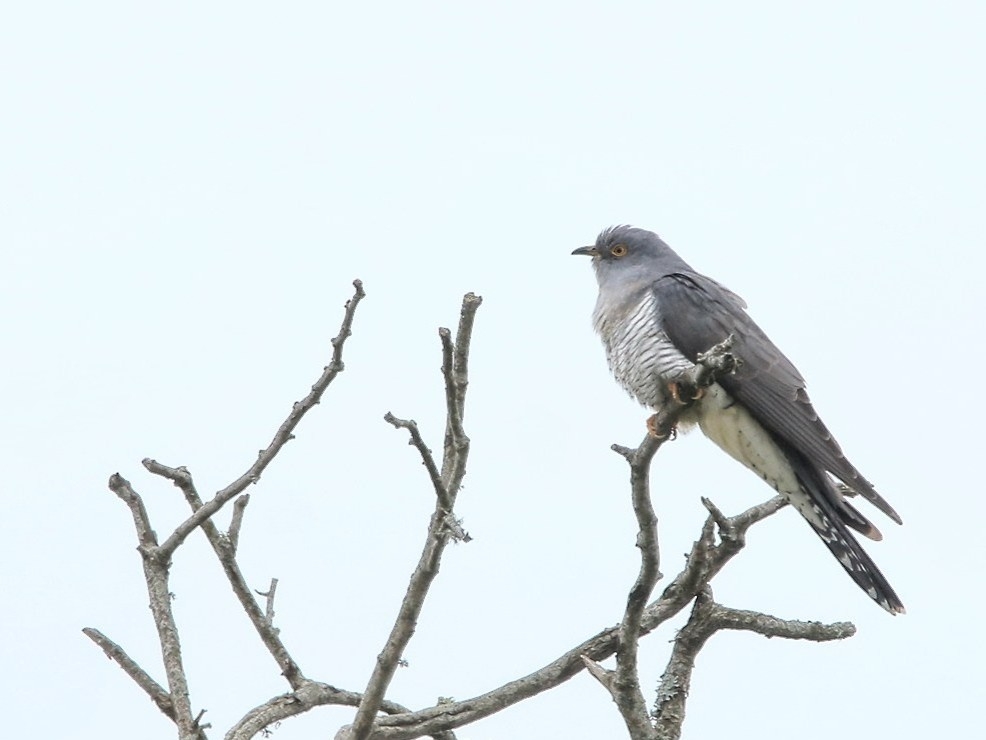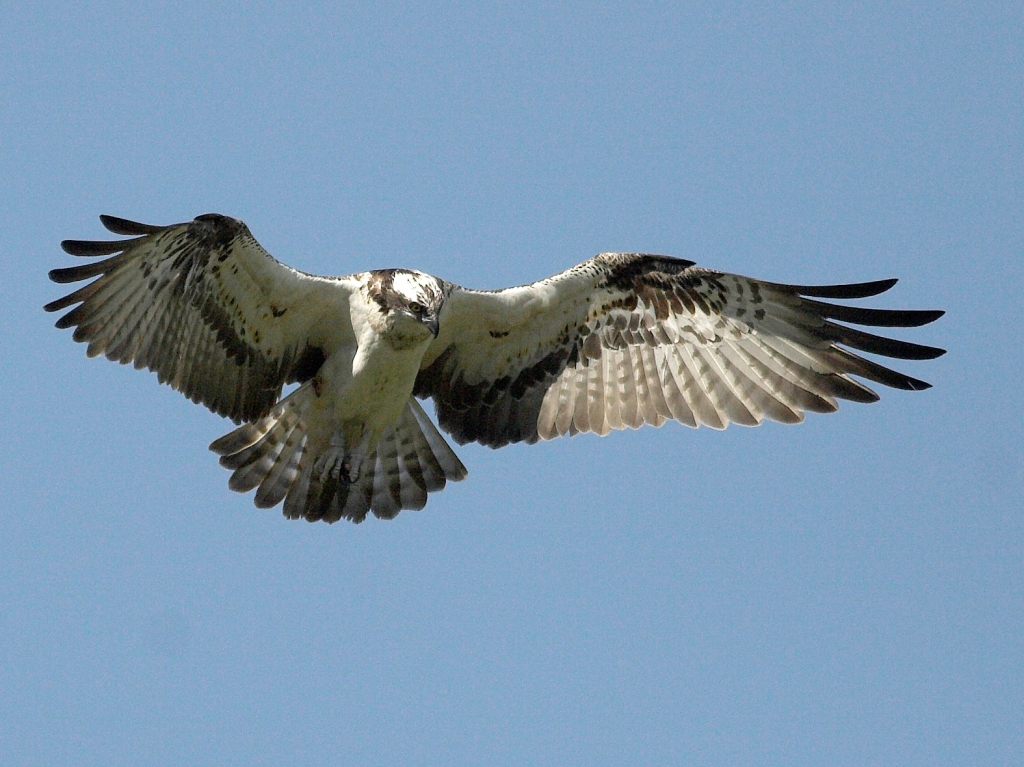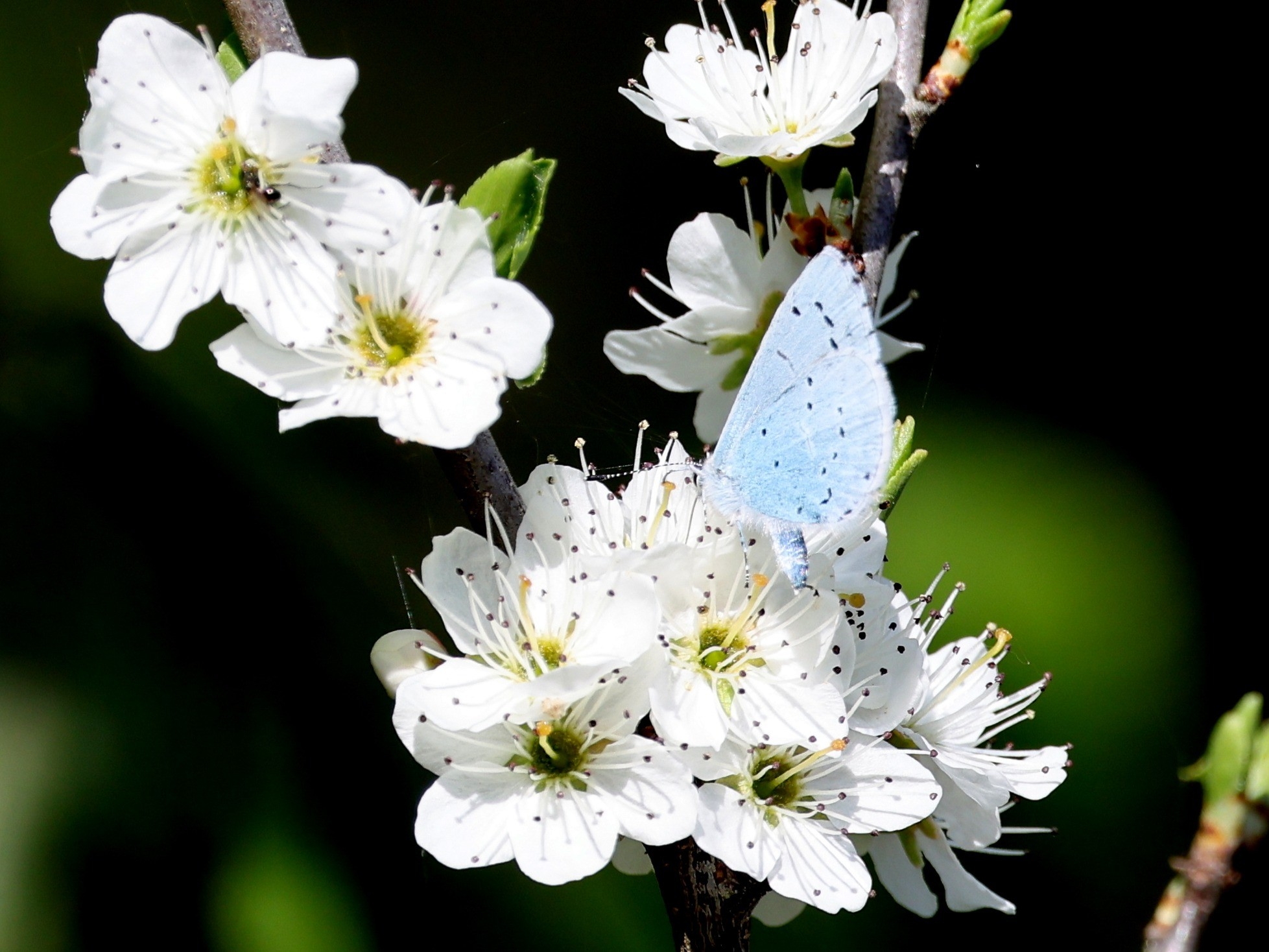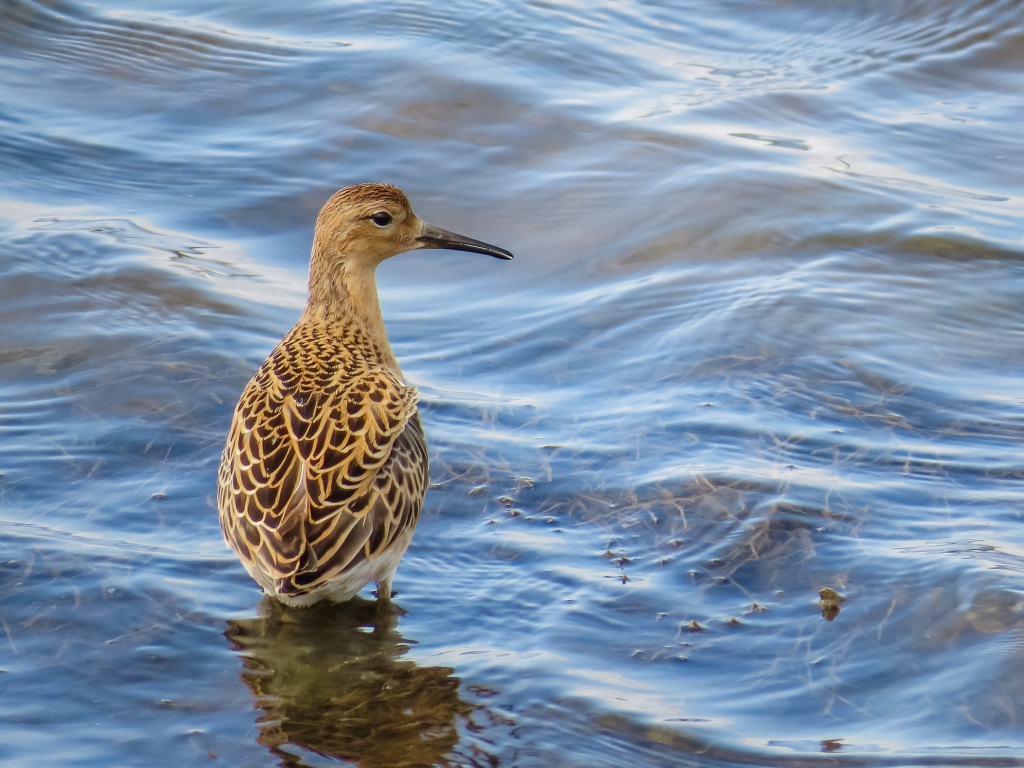Recent Wildlife Sightings 3rd - 9th August
Highlights: Wood Sandpiper, Poplar Hawk-Moth, Barn Owl, Great White Egret
Big tides this week brought a plethora of waders onto our lagoons to feed in the shallow waters, but they unfortunately had to brave the wet and windy weather we had later in the week.
Highlights: Wood Sandpiper, Poplar Hawk-Moth, Barn Owl, Great White Egret
Freshwater Lagoon paid host to a scarce passage visitor this week in the form of a Wood Sandpiper. A very small population of this medium-sized wader breed in the far North of Scotland, but the majority of the species seen in the UK spends their summer months in Scandinavia. Relatively similar in appearance to Green Sandpiper, another passage visitor that has been seen here in recent weeks, Wood Sandpiper can be identified by their bold pale eye stripe, white spots across their wings and long yellow legs.
A range of marvellous moths have been caught by the Learning Team in their trap this week. Bearing a striking resemblance to a dead leaf, several Poplar Hawk-Moth that were caught were fortunately a bit easier to pick out in the trap than on a tree, as the egg boxes we use for moths to hide amongst don't give much camouflage protection (the trap is enclosed, so predators like dragonflies can't have an all-you-can-eat buffet of moths from it!). Although not as colourful as the Elephant Hawk-Moth that were also caught, the unique wing shape of Poplar Hawk-Moth make them an equally appealing species to find.
The Reserve team were out looking for signs of owls nesting on site this week, but unfortunately didn’t find much. Despite little evidence of breeding on the reserve this year, a Barn Owl was seen flying near one of our purpose-built owl boxes. Plenty of owl pellets were littered around the ground near this box, showing us they have been on site hunting for the abundant small rodents like Common Shrew. Owl pellets are regurgitated parcels of the parts of their prey they can't digest, such as bones and fur. They can be broken apart and the bones identified, which helps paint a picture of the local small rodent population that we scarcely see. Although both Barn Owl and Tawny Owl are nocturnal, there is a small chance they could be seen roosting on branches down Northern Loop during the daytime.
Skulking around the Living Collection pens, the Long-Tailed Duck has been enjoying the plentiful supply of food available (though hopefully it's been leaving some for our Living Collection birds!). Joining the ducks have been some returning Grey Wagtail, joining us once more after their breeding season along fast-flowing water in upland areas. Their bright yellow undersides and characteristic lazy tail wagging make them stand out from the resident Pied Wagtail. Some of the record high group of 7 Great White Egret seen a couple of weeks ago have been enjoying a change of scenery, with up to 5 feeding in the shallows of Deep Water Lake. Kingfisher sightings have been frequent from Peter Scott Hide this week, with fledged juveniles from this year's brood practising their diving skills from the perches in front of the windows (sneak in quietly if you want a chance to see them perform!). Another Spotted Redshank appeared this week, visible from British Steel Hide, joining a collection of wading birds that were pushed off the estuary onto Saline Lagoon by the big tides this week, including returning Knot, a Whimbrel, Dunlin and a Grey Plover. We’re starting to see the beginning of autumn passage, so British Steel Hide is a good spot for finding scarcer wading birds at this time of year.
Featured Photo Credit: Richard Cleobury



